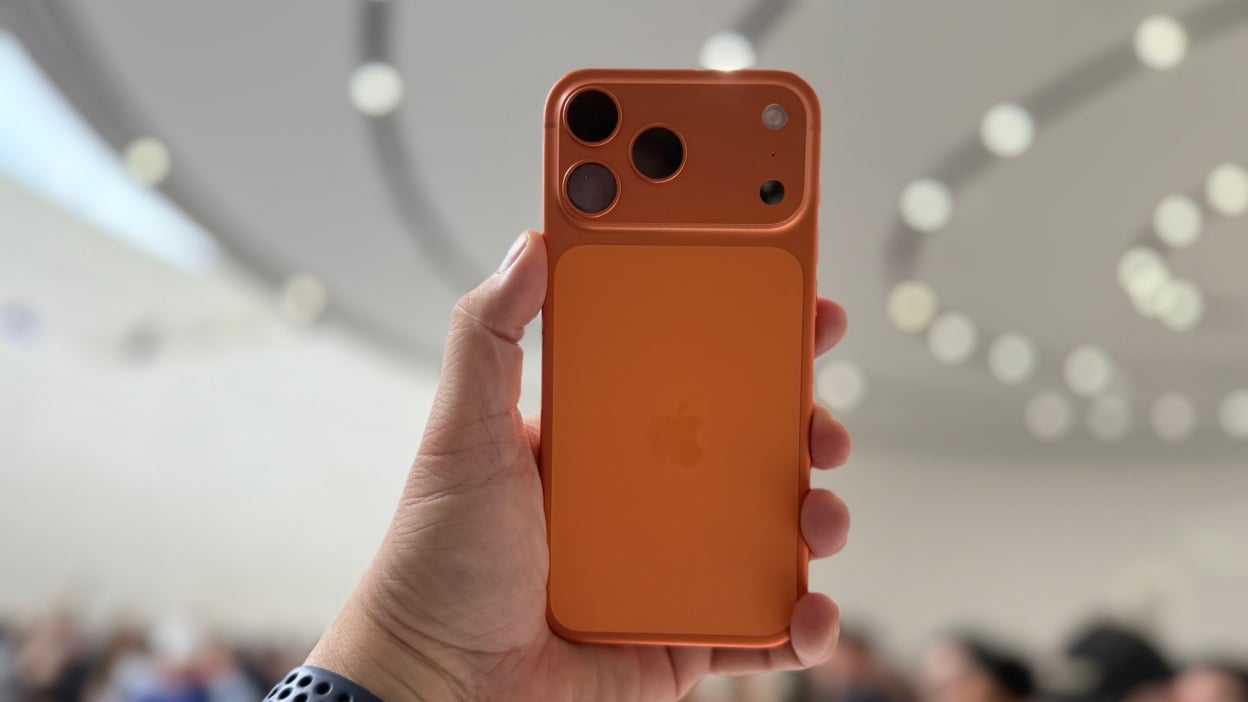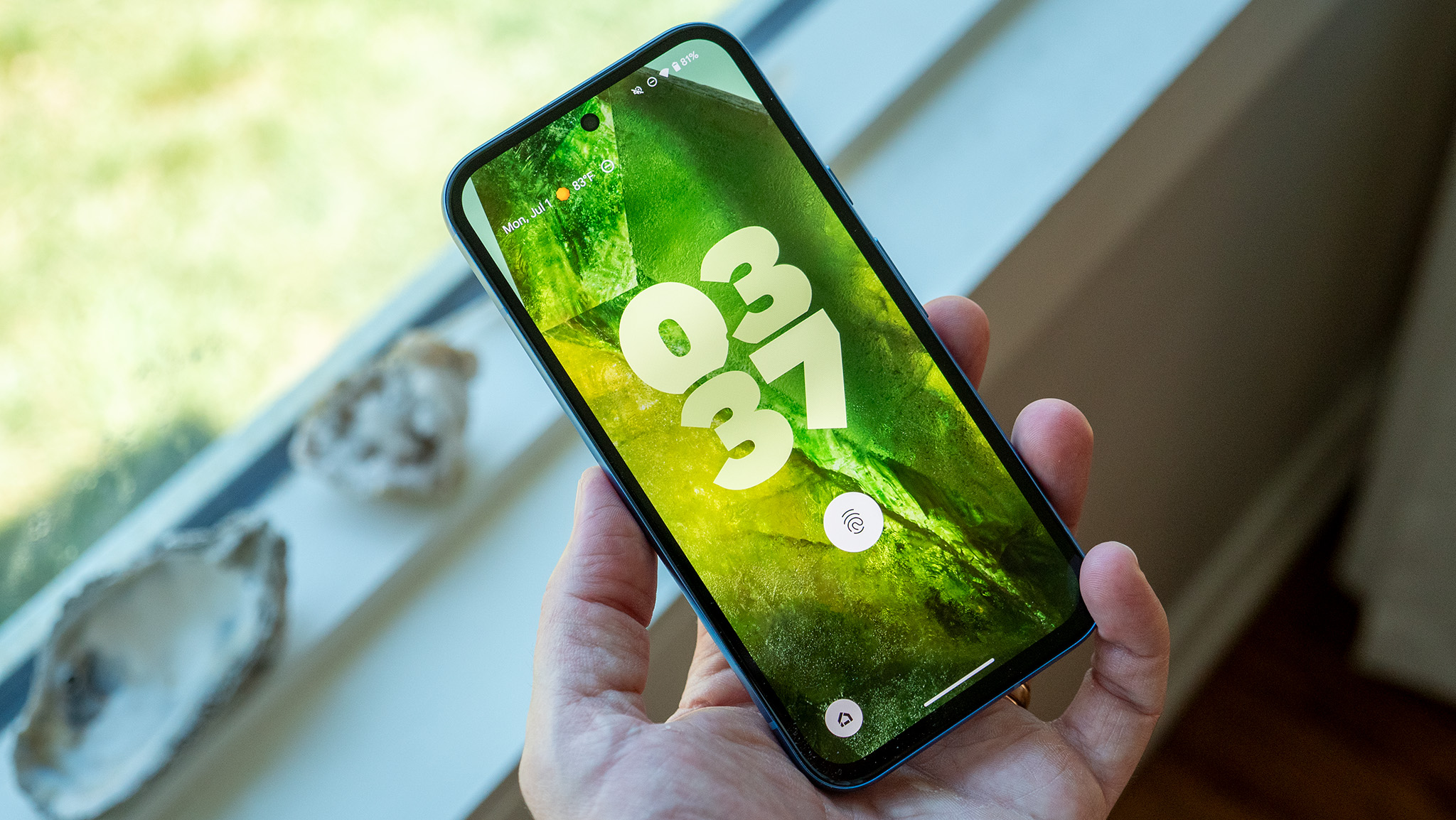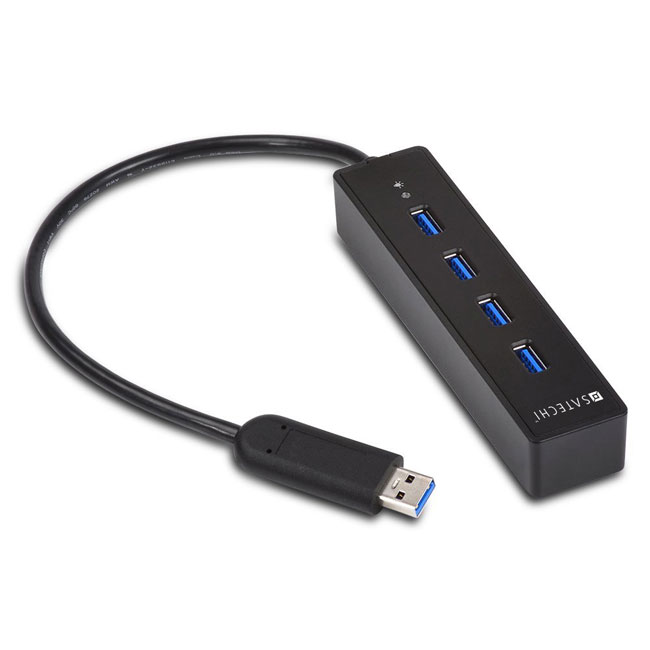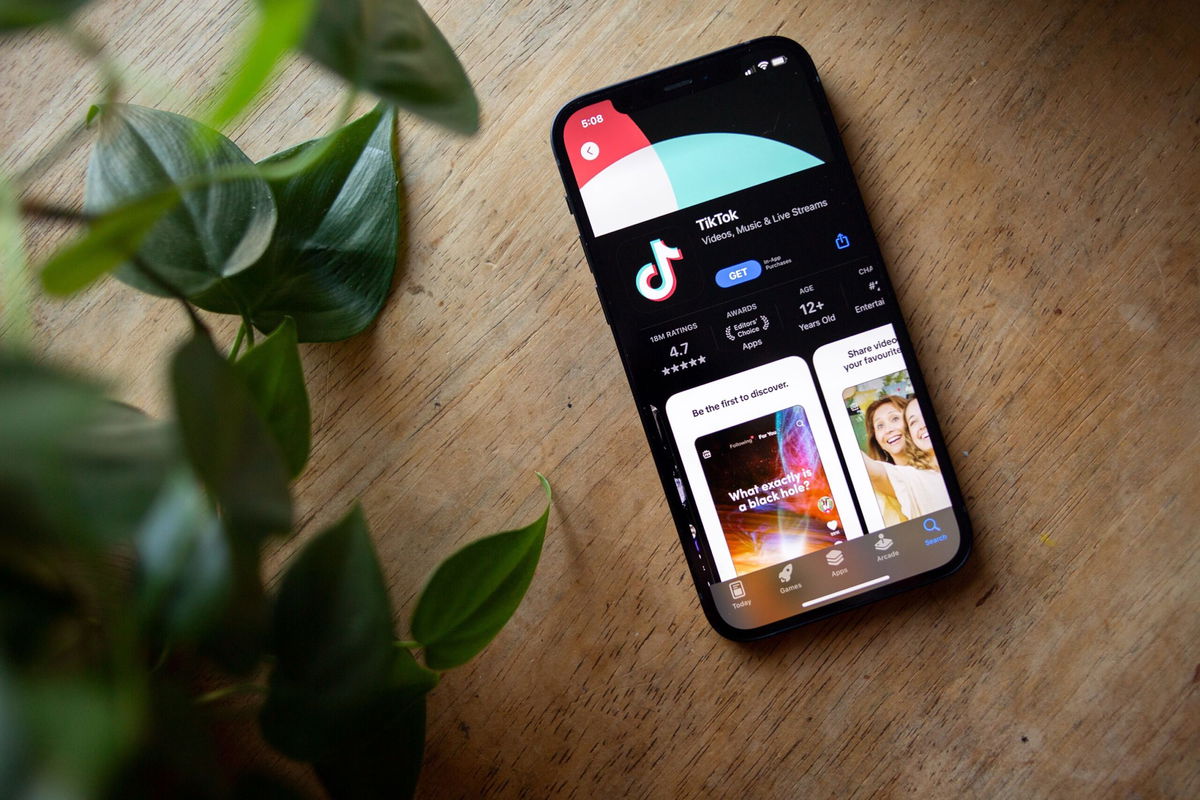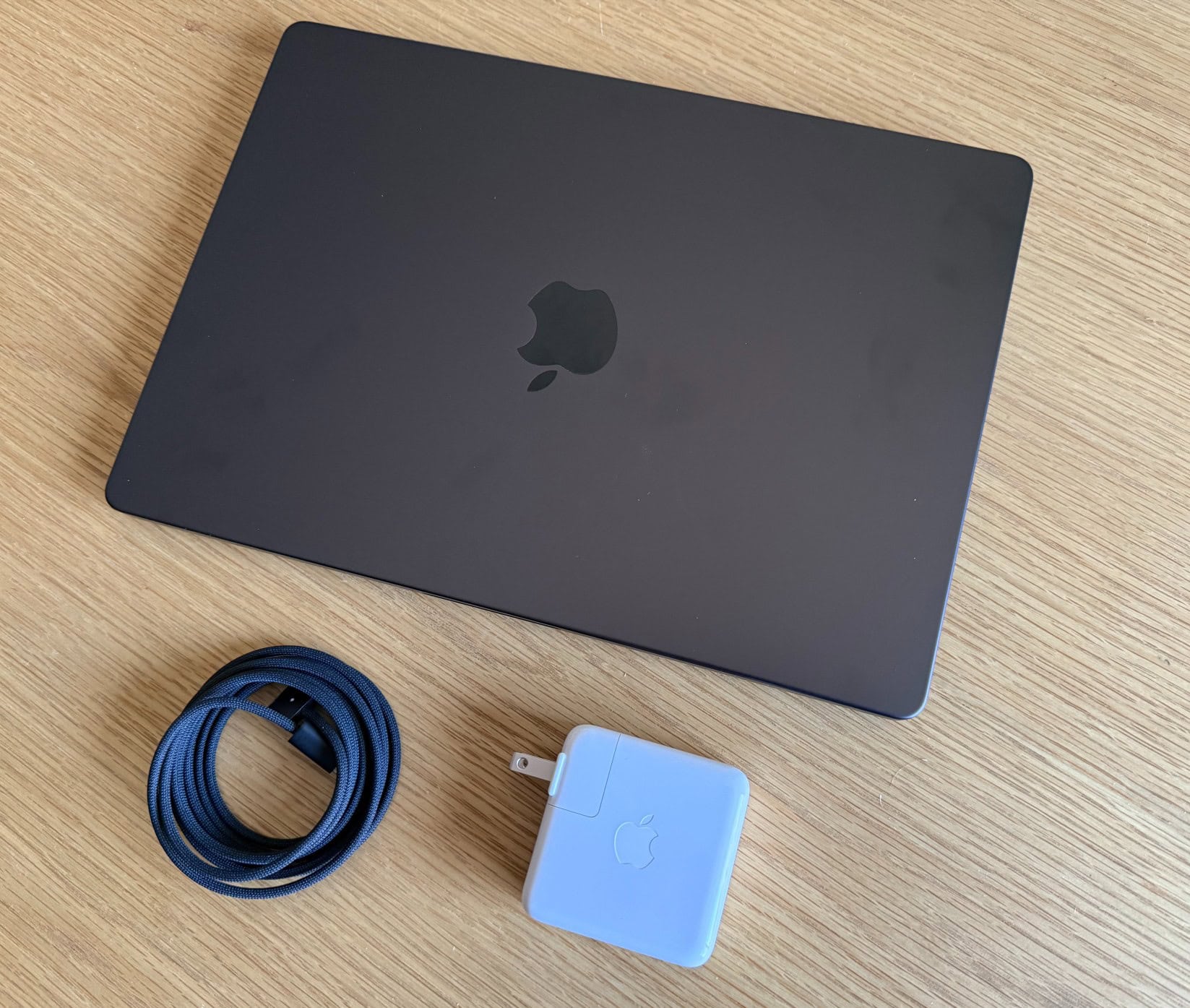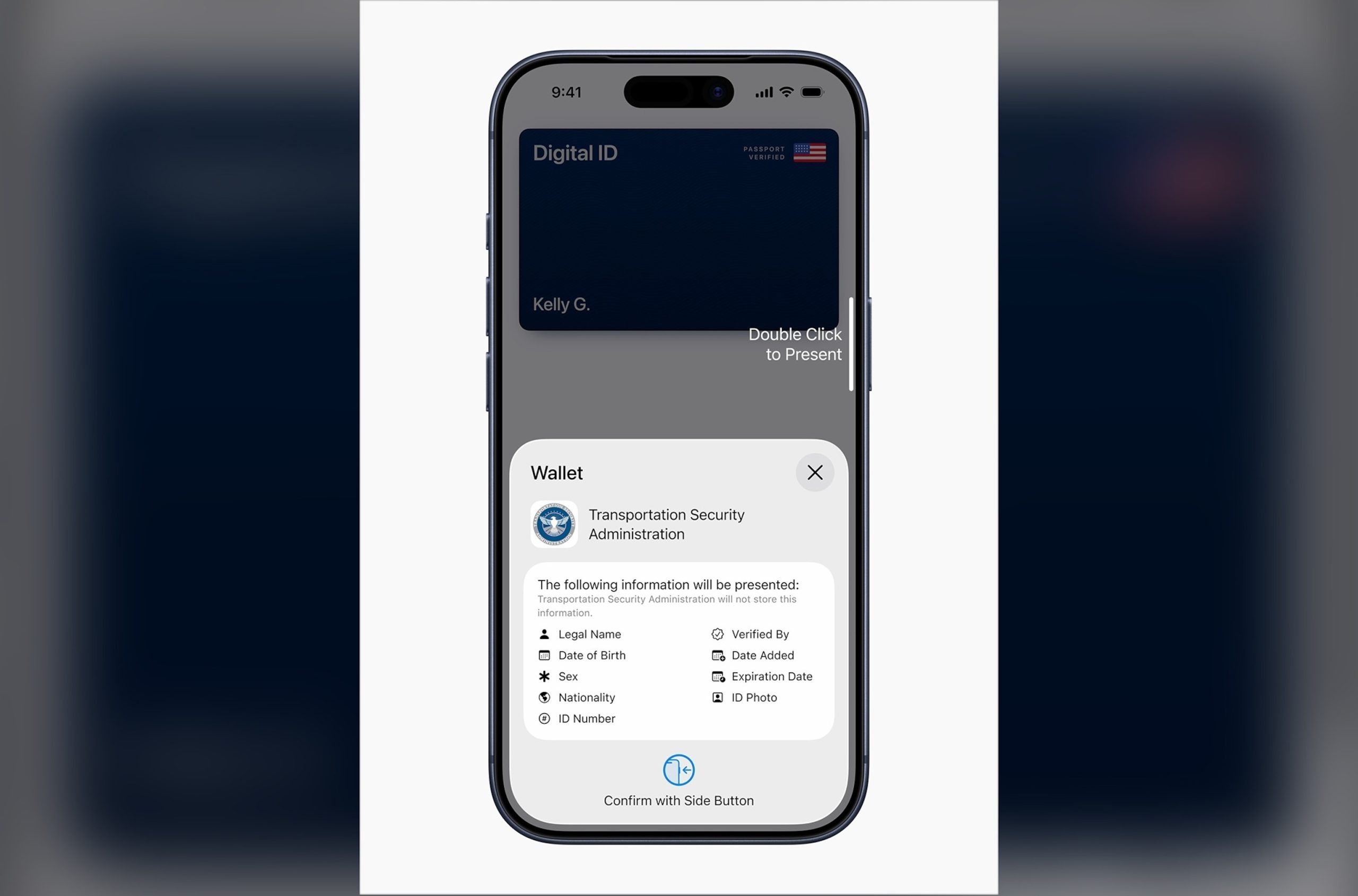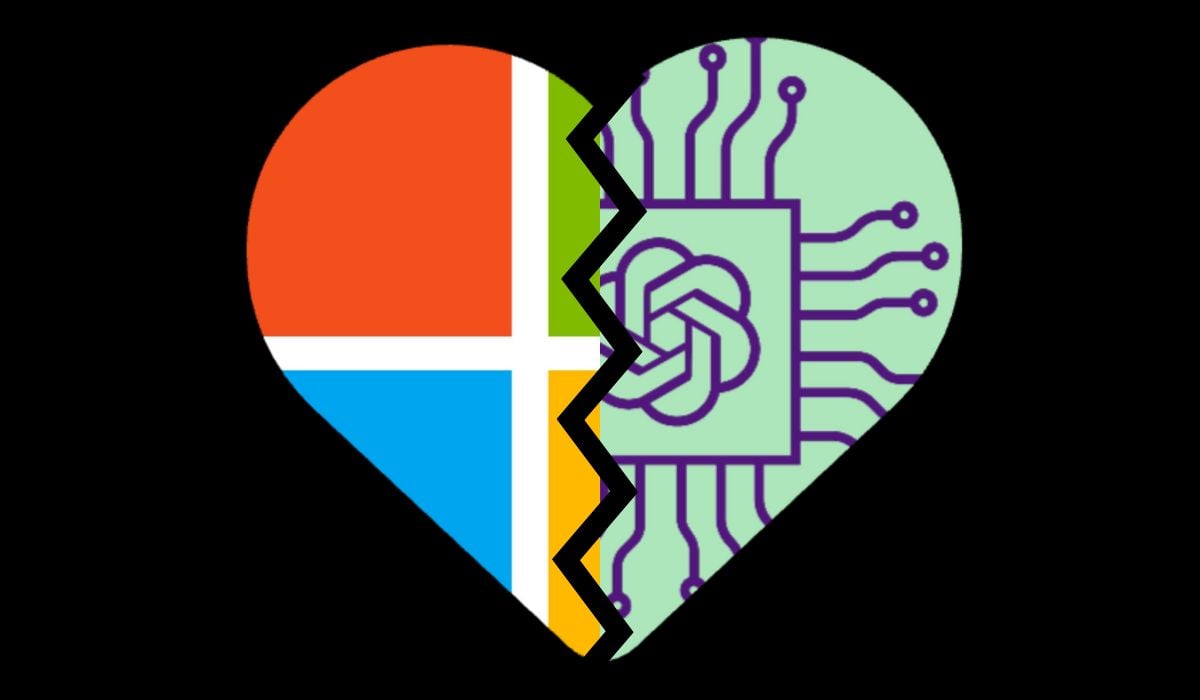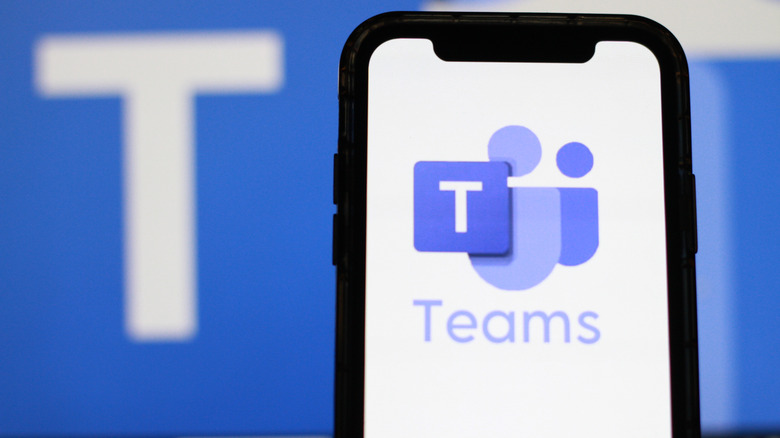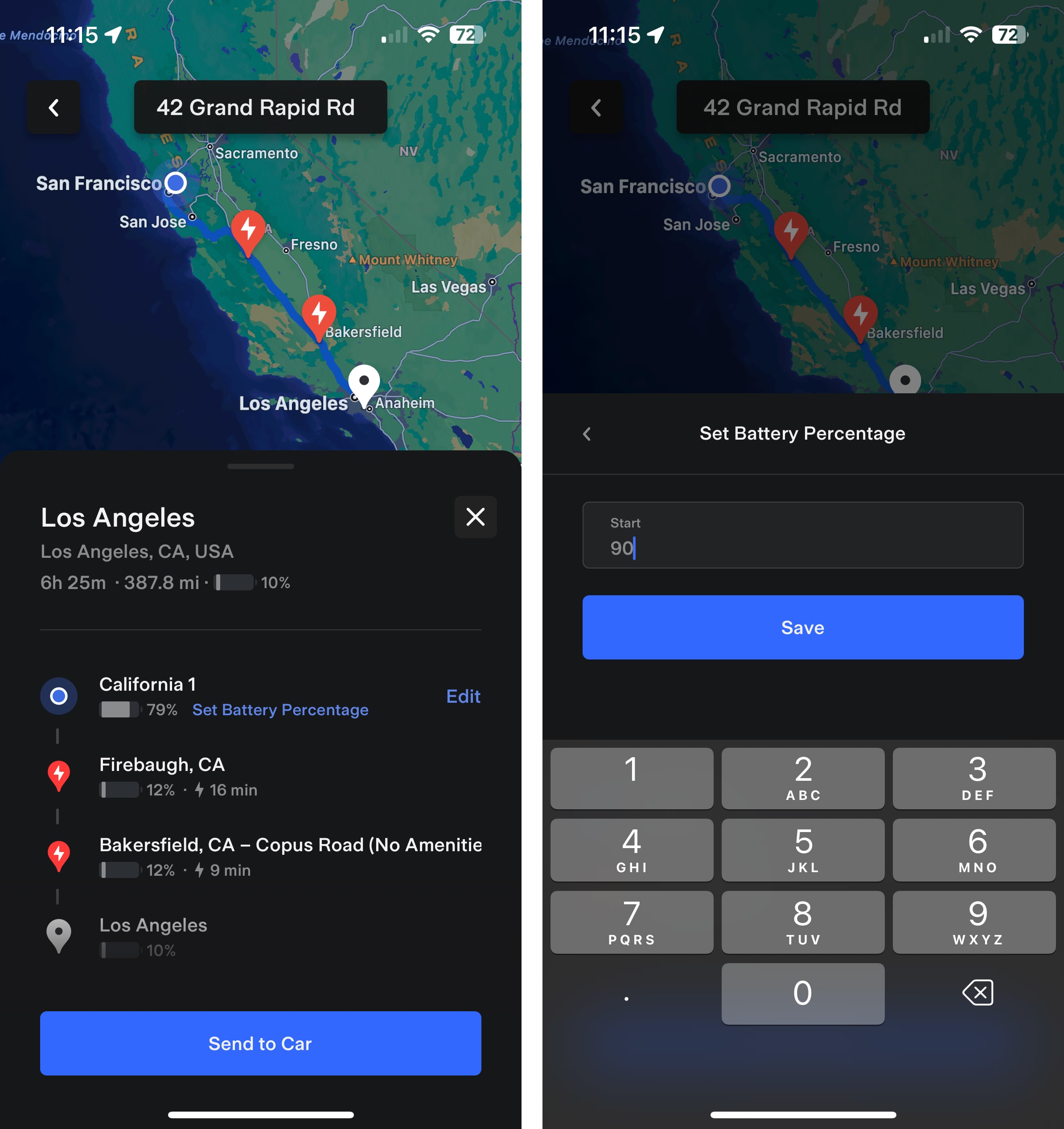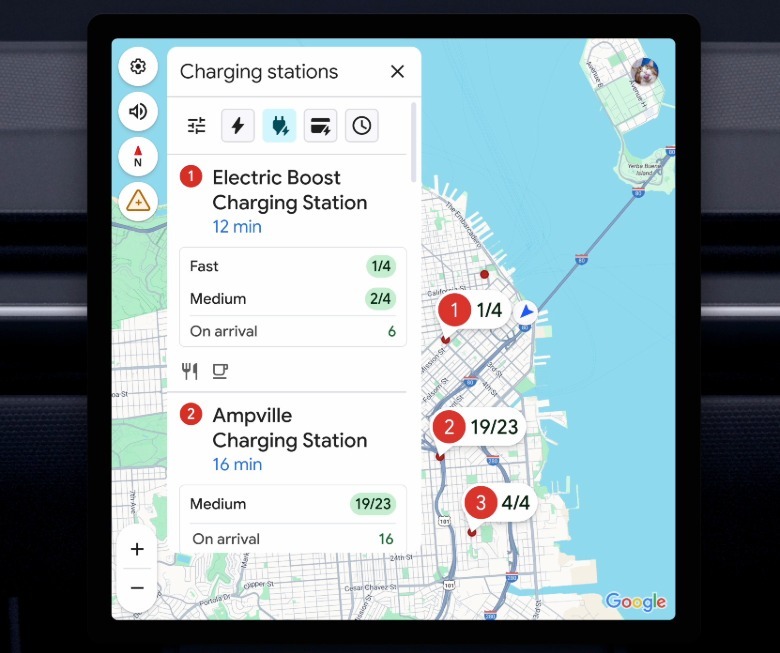The EU Tackles Significant Online User Annoyances
The EU’s significant privacy regulation, GDPR, was one of the most beneficial advancements for the internet in quite some time. Nevertheless, it also brought about a wave of pop-ups prompting users to make decisions regarding cookies.
### A Brief Overview of GDPR
The European Union’s General Data Protection Regulation (GDPR) took effect in 2018, providing the most robust tech privacy safeguards ever introduced. Although the law was limited to EU citizens, numerous tech giants opted to adopt the regulations globally, which in turn benefited all users. The foundation of GDPR involves four key limitations on the collection, storage, and processing of personal data:
– There must be a defined and lawful purpose for data processing.
– Personal data needs to be encrypted.
– Individuals hold the right to access a copy of their data.
– Individuals have the ability to request the deletion of their data.
### The Issue with Cookies
Cookies are small text files that are stored on devices, enabling websites to monitor user actions, such as whether a user has visited the site earlier. While cookies can improve user experience by remembering login details, they can also serve less transparent purposes, like adjusting prices based on user behavior.
### The Frustrating Cookie Consent Requirement
In response to privacy issues, GDPR mandates that websites obtain consent to store cookies. This has led to a maddening pop-up appearing on nearly every site. Many websites engage in “malicious compliance,” presenting convoluted choices that make it simpler to just agree rather than sift through the alternatives.
### The Law is Set to Evolve
The EU has acknowledged that the existing consent framework fails to provide true choice, as the majority of users click “agree” to get rid of the pop-up. Upcoming regulations will permit users to establish a single cookie preference in their browser, which all websites will be required to honor. This adjustment aims to greatly enhance the online experience.
Companies will also no longer be required to request consent for benign uses, such as automatically logging users in after they have signed up. The new guidelines are anticipated to be enacted next year, with a temporary shift obligating websites to provide a simple yes/no option rather than convoluted choices.
Read More
